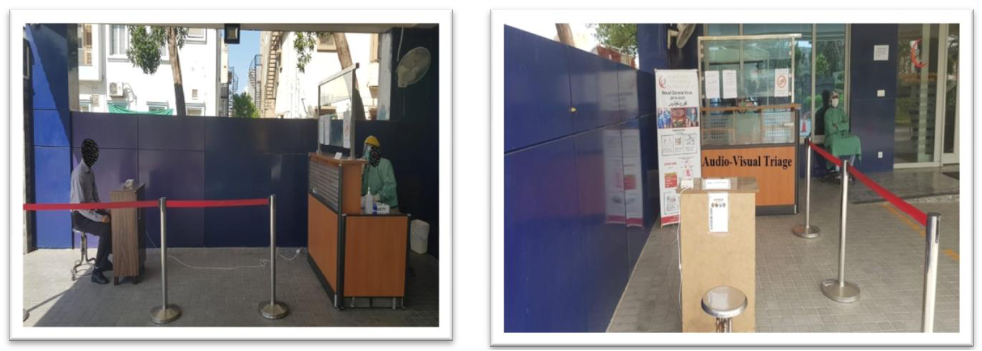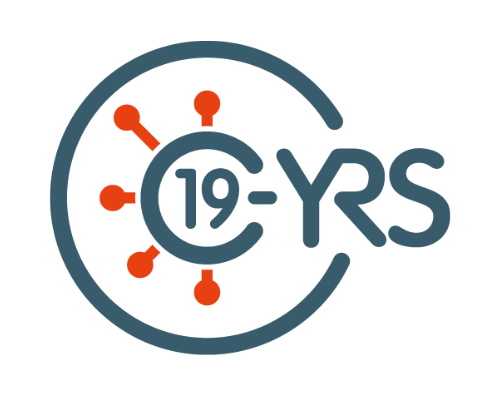
Study on innovation and efficacy of audio-visual triage system to combat the spread of COVID-19 infection
‘Innovation of audio-visual triage system to combat the spread of COVID-19 infection and it’s efficacy: a novel strategy’
The abstract of the article and summary points can be read here, but for the full article, please follow the link above.
Abstract:
During the novel coronavirus pandemic, also known as SARS-CoV-2 or COVID-19 pandemic, frontline healthcare professionals suffered psychological as well as pathological trauma due to the lack of preparation to cope with this unforeseen situation. The protocols to prevent the spread of this disease proved to be less effective than anticipated. In these circumstances, the improvement of the existing triage system was felt and an AUDIO-VISUAL TRIAGE (AVT) system was introduced to enhance confidence as well as increasethe safety of frontline healthcare professionals. The current analysis was performed from March 21, 2020, to April 28, 2020, until the completion of sixty response forms, at Bahria Town International Hospital, Lahore. Thirty participants (Group A) deployed on visual triage and other thirty (Group B) on AVT for screening suspected cases of COVID-19 infection. Anxiety levels were measured by using the GAD-7 scoring system and the participants of both groups were periodically tested for COVID-19 infection by PCR. The independent t -test was used to evaluate the significance of different variables at a confidence level of 95%. The resultsof the current study revealed the effectiveness of AVT for the screening of COVID-19 patients. There was a statistically significant increase in anxiety levels and severe acute respiratory syndrome coronavirus 2 (SARS-CoV-2) infection rate in group A as compared to group B. Almost all participants in group A wanted to shift their place of work or ready to quit the job if they were forced to perform their duties at the same visual triage. An AVT system for COVID-19 screening found to be safer and less stressful than visual triage. It is not only a simple and effective way to prevent the spread of diseases but also boosted the confidence of frontline healthcare professionals to fight against coronavirus spread.
Concluding Points:
- At the beginning of the spread of infection, a visual triage system was used, which consisted of a visual triage outside at the entry door and then a routine triage inside the Emergency Department.
- However, this caused stress levels to increase in healthcare providers and they become reluctant.
- The Audio-Visual triage system added an audio system at the first stage, where the patient and healthcare provider wearing PPE could communicate 6 feet apart.
- It was found that the AVT system was a more safe and effective strategy to prevent the spread of COVID-19 infections as patients were directed to their respective areas, without compromising the management.
- It was recommended for all hospitals to take on this triage strategy.
Authors:
- MM Hafeez – Institute of Molecular Biology & Biotechnology, University of Lahore, Lahore, Pakistan
- M Azhar – Accident and Emergency Department, Bahria Town International Hospital, Lahore, Pakistan
- HRZ Chudhary – Accident and Emergency Department, Lancashire Teaching Hospital, UK
- W Nazar – Respiratory Reg., Cavan General Hospital, Ireland
- MA Rana – Intensive Care Unit, Bahria International Hospital, Lahore, Pakistan
